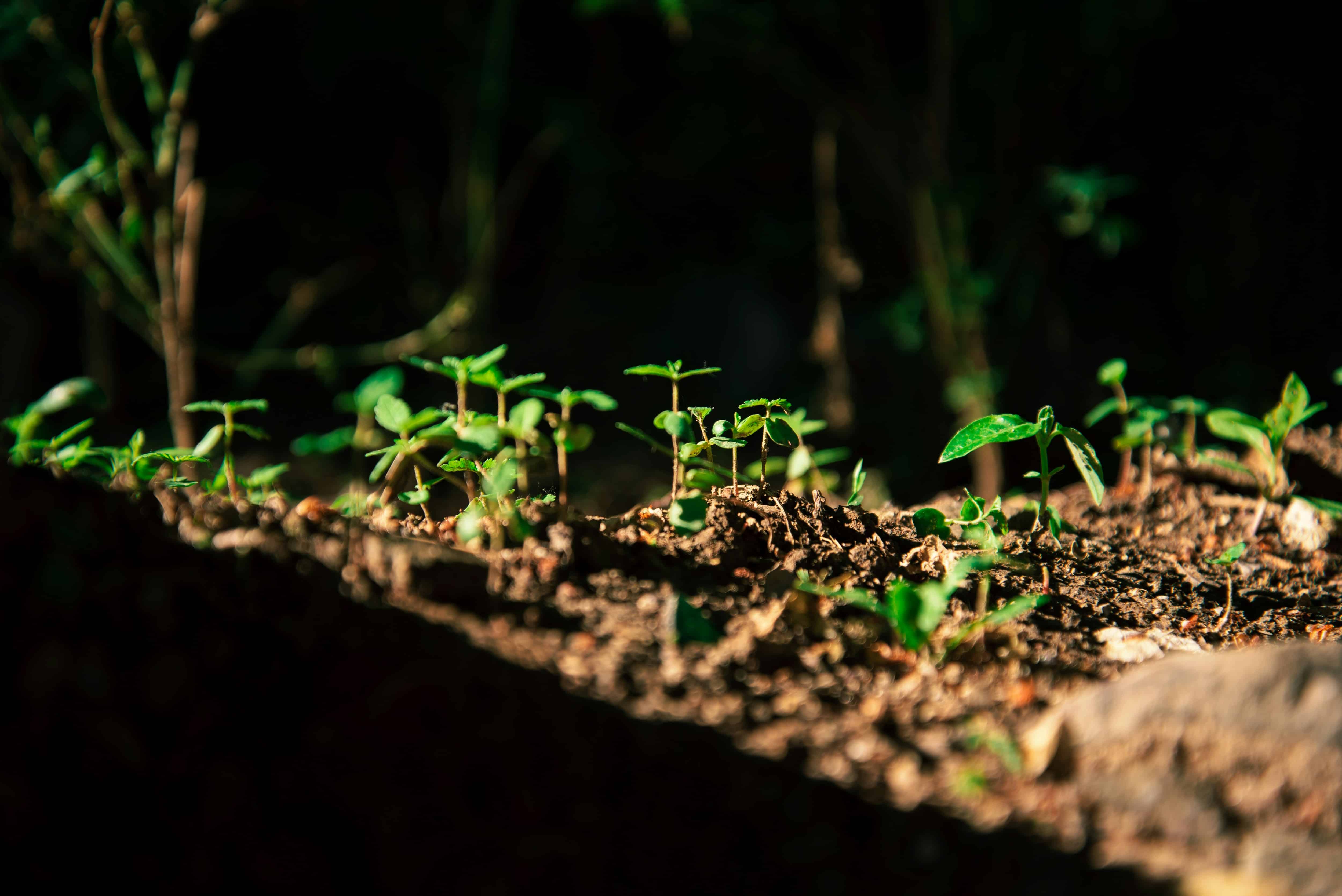Key Takeaways:
- Creation of a Comprehensive SOC Dataset: The study by Gomez et al. (2024) introduces an open comprehensive, dataset on soil organic carbon (SOC) under various cropping systems in Southeast Asia, based on a systematic literature search.
- Wide Scope of Data: The dataset aggregates data from 209 articles and 4341 observations spanning from 1987 to 2023, providing a deep historical context.
- Diverse Variables Included: It includes diverse management practices, land uses, soil sampling depths, and durations of SOC content assessment to offer a robust analysis platform.
- Utility in Sustainable Practices Identification: This dataset is critical for quantifying the impact of different management practices and land uses on SOC content, aiding in identifying sustainable agricultural practices.
- Guidance for Policy and Market Development: It is a foundational resource for developing regional SOC sequestration policies and crafting future carbon credit markets.
In an innovative study by Gomez et al. (2024), a novel open dataset detailing changes in soil organic carbon (SOC) content across different cropping systems in Southeast Asia has been developed. This dataset emerges from a systematic literature review and encompasses a comprehensive data collection from published articles between 1987 and 2023.
Extensive Data Collection
The dataset comprises a significant collection of data from 209 articles, resulting in 4341 observations on SOC. This extensive database provides a rich, historical compilation of data that is invaluable for analyzing long-term trends and outcomes in soil management across Southeast Asia.
Inclusion of Various Agricultural Variables
To enhance its utility, the dataset incorporates a variety of factors, including different management practices, types of land use, depths of soil sampling, and lengths of time over which SOC content was assessed. Additionally, inherent features of crop production reported in the various studies are included, making this dataset a highly versatile tool for researchers.
Impact on Sustainable Agricultural Practices
One primary application of this dataset is quantifying and comparing the impacts of different land uses and management practices on SOC content. This capability is crucial for identifying sustainable and beneficial practices for soil health, thereby supporting the resilience and productivity of agricultural systems in the region.
Supporting Policy Development and Carbon Markets
Beyond its academic and practical applications, the dataset also serves as a strategic guide for policymakers. It provides foundational knowledge essential for developing effective soil conservation policies and establishing carbon credit markets in Southeast Asia. These markets are critical for incentivizing practices that enhance soil carbon sequestration, which is a vital component of global strategies to mitigate climate change.
Read the complete study here.
Photo by Xiaocong Yan on Unsplash


